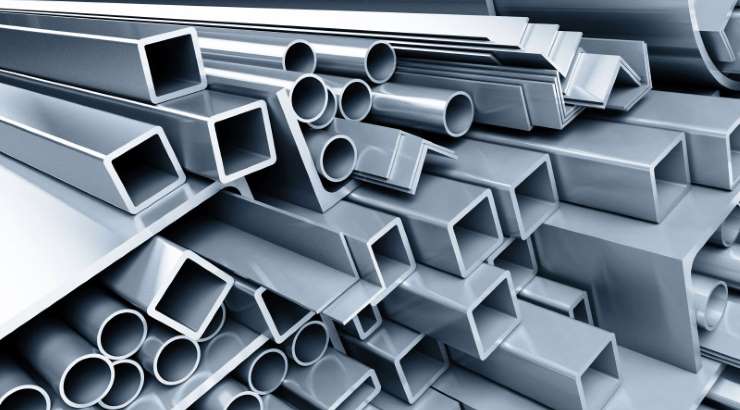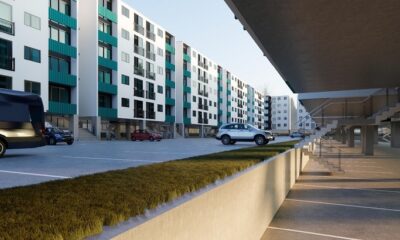Features
Key benefits of using steel in construction projects
Steel buildings are quickly becoming popular among developers in many countries.

Steel buildings – structures built using steel as the raw material – excel in ease of construction, low costs, energy savings and long life span.
Thanks to the durability of metal structures, steel buildings are quickly becoming popular among developers in many countries including Kenya. It now commands nearly a 50 per cent share of the global construction market.
Steel buildings are adaptable to extreme weather conditions and energy-saving requirements. The structures are long-lasting and their frames do not warp or settle like wooden frames.
One of the major advantages of steel construction is that the entire construction process is quite straightforward. It is flexible compared to conventional construction methods and it offers developers the opportunity for DIY construction.
However, it is important to hire a professional foundation engineer to help you prepare your building’s foundation. Remember, strong foundations contribute to the durability of the steel buildings.
Once the foundation has been put in place, steel base rails or concrete floor slabs have to be constructed. The main columns of the steel frame are engrained to the foundation. The building rafters are fixed to the columns with anchor bolts, and wall frames are put together leaving spaces for windows and doors. The roof sheet is installed on the wall girts and roof purlins with screws. The last step in steel building is the installation of doors and windows.
Metal buildings have fewer components allowing quicker fabrication and shorter build-times compared to other construction systems. Their components are usually fabricated at a factory and can be erected in any season. In addition to that, steel construction involves fewer building trades, thereby keeping the costs low.
READ: Why prefabricated houses are the way of the future
The technology also reduces energy cost and the amount of construction material waste as the elements are cut with state-of-the-art equipment so every piece precisely fits with adjoining members. Besides, it does not require hi-tech machinery or extensive labour for assembly.
Another major benefit of steel building is metal roofs, which can last at least 40 years compared to conventional roofs that only last up to 15 years. Conventional roofs require annual maintenance expense, whereas steel roofs only require occasional debris removal.
Steel building systems are a great choice for sustainability as steel is the most recycled material on the planet. Producing steel through recycling reduces mining waste by 97 per cent, air pollution by 86 per cent and water pollution by 76 per cent.












